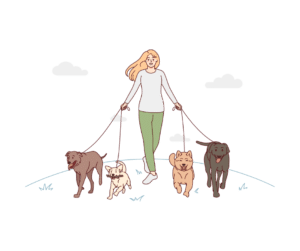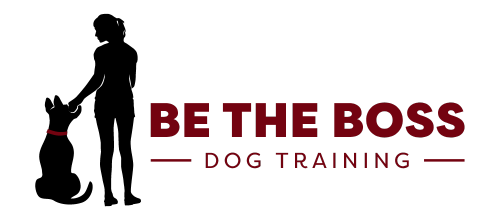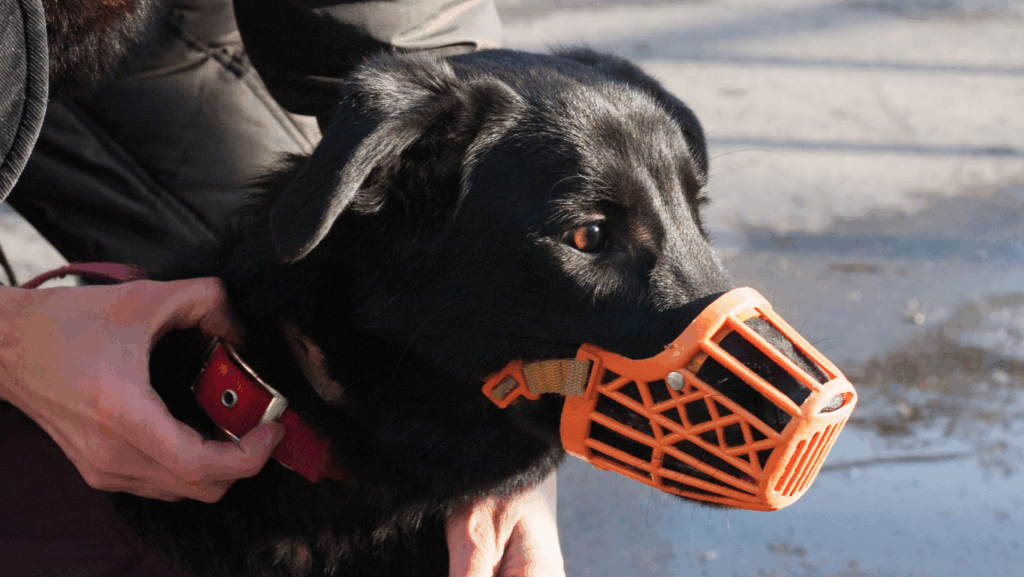When most people think of dog training, they picture a human firmly in charge, doling out commands with the precision of a drill sergeant. The dog, of course, dutifully obeys, perhaps with a tail wag or two, all thanks to some miracle device or advanced training tool.
But then there’s the slip lead: a seemingly simple, unassuming loop of rope that, somehow, doesn’t just train the dog—it trains the human, too. And ironically, its biggest lesson isn’t about pulling or walking in sync; it’s about listening.
Yes, you read that right. The slip lead, in all its understated glory, is a masterclass in communication—silent, subtle, and utterly revealing of how much we aren’t paying attention to what our dogs are saying. It’s almost as if this humble tool is holding a mirror up to our human tendencies to bark orders without checking if the other party (our dog) has anything to say. Let’s dive into how this clever piece of gear teaches us a thing or two about listening to our dogs, whether we like it or not.

The Slip Lead: More Than Just a Fancy Leash
At first glance, a slip lead doesn’t look like much. There are no gadgets, no complicated mechanisms, no buttons to press. It’s just a loop that tightens when pulled and loosens when relaxed. So how does this simple rope somehow turn the tables, making you, the human, reconsider everything you thought you knew about dog training?
The brilliance of the slip lead is that it’s reactive. Pull too hard, and the lead tightens—simple physics, really. But the real magic happens when you don’t pull. When you let the lead hang loose, it doesn’t correct or control; it communicates. It tells you, in real time, whether you’re pushing your dog too hard, whether they’re anxious or curious, or whether they’re just straight-up ignoring you (it happens).
While it’s easy to blame a dog for pulling, lunging, or acting out, the slip lead gently suggests that maybe, just maybe, the problem isn’t with the dog at all. Maybe it’s with us. What’s that? Did we just hear a collective gasp from dog owners everywhere? Yes, you heard that right.

Listening to What Isn’t Said (Or Barked)
Using a slip lead isn’t about enforcing dominance or control—it’s about tuning in. Dogs are much better at communicating than we give them credit for. Unfortunately, as humans, we often think communication is limited to the words we shout, the commands we bark out, or the exasperated sighs we make when our dog does that thing again (you know the one).
But a slip lead invites us to listen to what isn’t said. Dogs speak through their bodies: the way they walk, the tension in their muscles, the movement of their ears, or even the wag of their tail. With a slip lead, you can feel it all. That slight tug might indicate excitement or nervousness. A sudden stillness could mean something caught their attention, or maybe they’re unsure about the environment. All of these signals are sent straight down the lead, giving us a direct line to the dog’s feelings, long before they resort to more obvious cues like barking or growling.
In this way, the slip lead is less about correction and more about connection. It’s about learning to respond to the subtleties of your dog’s behavior and realizing that, just like humans, dogs have good days, bad days, and days where they just want to sniff everything within a five-mile radius. The key is paying attention—listening to the quiet messages your dog sends you before things get out of hand.

The Tug of War We Didn’t Know We Were Playing
Let’s be honest: dog owners love to feel in control. We want to believe that with the right training tool or technique, we can shape our dog into the perfect companion. But the slip lead has a sneaky way of teaching us that control is a two-way street. It reveals just how often we push our dogs without realizing it.
Ever notice how your dog pulls harder when you tighten the lead? That’s not them being difficult; it’s a reaction to you. The slip lead mirrors your actions, reflecting how much pressure you’re applying. When you pull, they resist. When you relax, they calm down. It’s a literal tug of war, but it’s also a metaphor for how we communicate with our dogs (and possibly other humans in our lives, but we’ll save that for another day).
This delicate dance teaches us a valuable lesson: sometimes, to move forward, we need to let go. That doesn’t mean letting your dog run wild, but it does mean loosening your grip—both physically and mentally. When you stop micromanaging every step and give your dog room to breathe, you might be surprised by how much more they respond to you.

The Slip Lead as a Teacher (And Not Just for the Dog)
There’s a certain humility that comes with using a slip lead. It’s not flashy, and it won’t magically solve all your dog’s behavioral problems overnight. But it will teach you patience. It will force you to check your own behavior before blaming your dog. It will make you realize that dogs, just like people, don’t thrive under constant pressure.
In fact, the slip lead often teaches us that what we see as stubbornness or defiance in our dogs is often a reflection of our own frustrations. Have you ever noticed how much better your dog walks when you’re in a good mood? That’s no coincidence. Dogs pick up on our energy. They sense when we’re tense or distracted, and they respond in kind. The slip lead, with its simple design, brings this truth to the forefront. It asks us to be mindful of our own actions and emotions because our dogs are watching and feeling everything we do.

The Ironic Twist: It’s Not About the Lead at All
Here’s where the irony kicks in: despite everything we’ve said about slip leads, it’s not really about the lead at all. Sure, it’s a tool—one that helps facilitate communication between you and your dog. But the real lesson is about paying attention, being present, and listening in a way that most of us aren’t used to.
It’s about realizing that dog training isn’t about control; it’s about partnership. A slip lead teaches you that your dog isn’t a machine to be programmed but a living, breathing creature with thoughts, feelings, and a whole lot to say—if we’re willing to listen.
So the next time you pick up that slip lead, remember that it’s not just a leash. It’s a conversation starter. It’s a chance to connect with your dog on a deeper level, to learn their language, and to see the world through their eyes—if only for a few minutes. Because in the end, the slip lead isn’t just teaching your dog how to behave—it’s teaching you how to listen.
And that, my friends, might just be the most valuable lesson of all.





